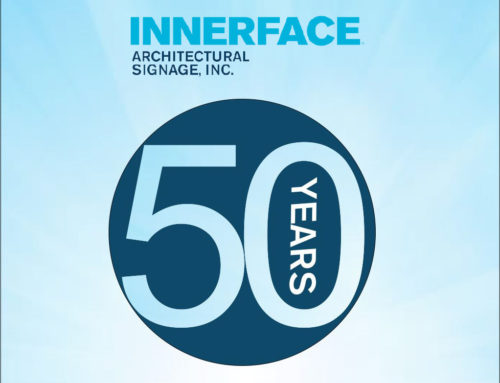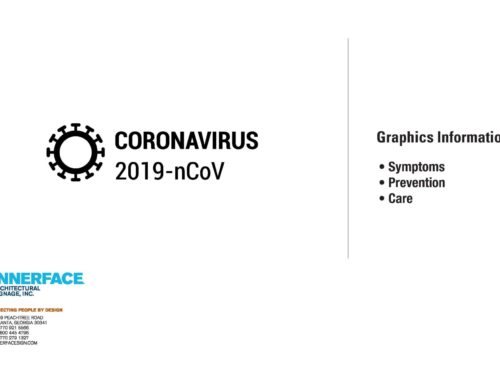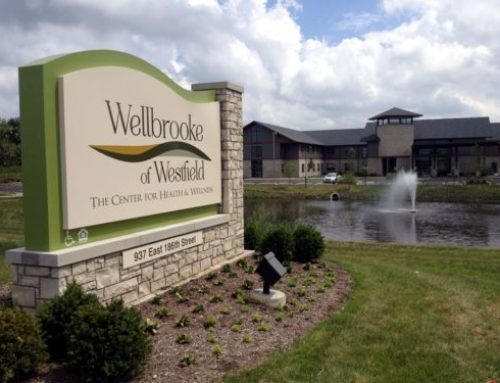When children are brought into healthcare settings, they often feel scared, and are expected to adjust to unfamiliar and frightening circumstances.
They must submit to a bewildering array of questions, exams, tests, and treatments with little to no preparation. Their largest fear is of the unknown, and there’s very little that is known or understood for a child who is in any hospital for the first time. In a small but significant way, the right combination of graphics and landmarks can help alleviate their fears and feel more comfortable in this new environment.
To establish trust, children need as much control and choice as possible. That sense of control can begin before they enter your facility, with effective use of wayfinding and place making tools. If a place is unfamiliar, that unfamiliarity can trigger anxiety before any treatment has begun. When anxiety increases, feelings of helplessness result. That helplessness can prompt uncooperative behavior and make any care process more difficult. If the child has lost trust in their surroundings, they can lose trust in the process.
Patients and their family members are empowered by choice and knowledge. For a child, a simple repetition of friendly images, colors or characters can create a predictable pattern, and that pattern can be a source of reassurance and trust. If a child recognizes places or images that speak a language of welcome or comfort to them, it can help them put more trust in the place and the process.
By simply providing visually interesting and engaging graphics, anxiety can be reduced and emotional containment can be provided.
The power of landmarks in a medical setting can seem trivial to medical providers and administrators at first, but their value can become clear once there is a common understanding of the goal. The goal is to empower patients and their families in an effort to provide a level of control in a new and potentially stressful environment. Also, they can help set expectations for future episodes of care that involve something other than just discomfort and distress.
Sunrise Children’s Hospital in Las Vegas offers a pair of cartoon tortoises, pointing the way on every wayfinding sign. These characters become companions for young patients and add recurring friendly faces in a predictable pattern along the way to clinics and care destinations.

LeBonheur Children’s Hospital in Memphis has a stitched heart icon that is first visible as a 25 foot tall sign on top of the main tower, and continues to be visible, both on internal signs and graphics, and in donated art and crafts on display throughout the hospital.

East Tennessee Children’s Hospital has a pair of children holding hands as their logo, and these children have become a prominent part of their new signage standards, giving pediatric patients a recognizable repeated symbol of care and comfort.
Whenever possible, healthcare providers should empower patients in their care experiences.
Providing an empowering and recognizable environment can reduce a young patient’s risk of care-induced trauma. If the surroundings are rich in visual cues and icons, they can offer opportunities for questions and be part of the care dialogue. The result of these efforts is empowerment and emotional safety for young patients in potentially traumatizing situations. An effectively designed graphics and way finding program can create an environment of trust and safety that will serve as a positive foundation future care needs. Choices communicate power and care, and a well-designed environment can help to offer those choices.




